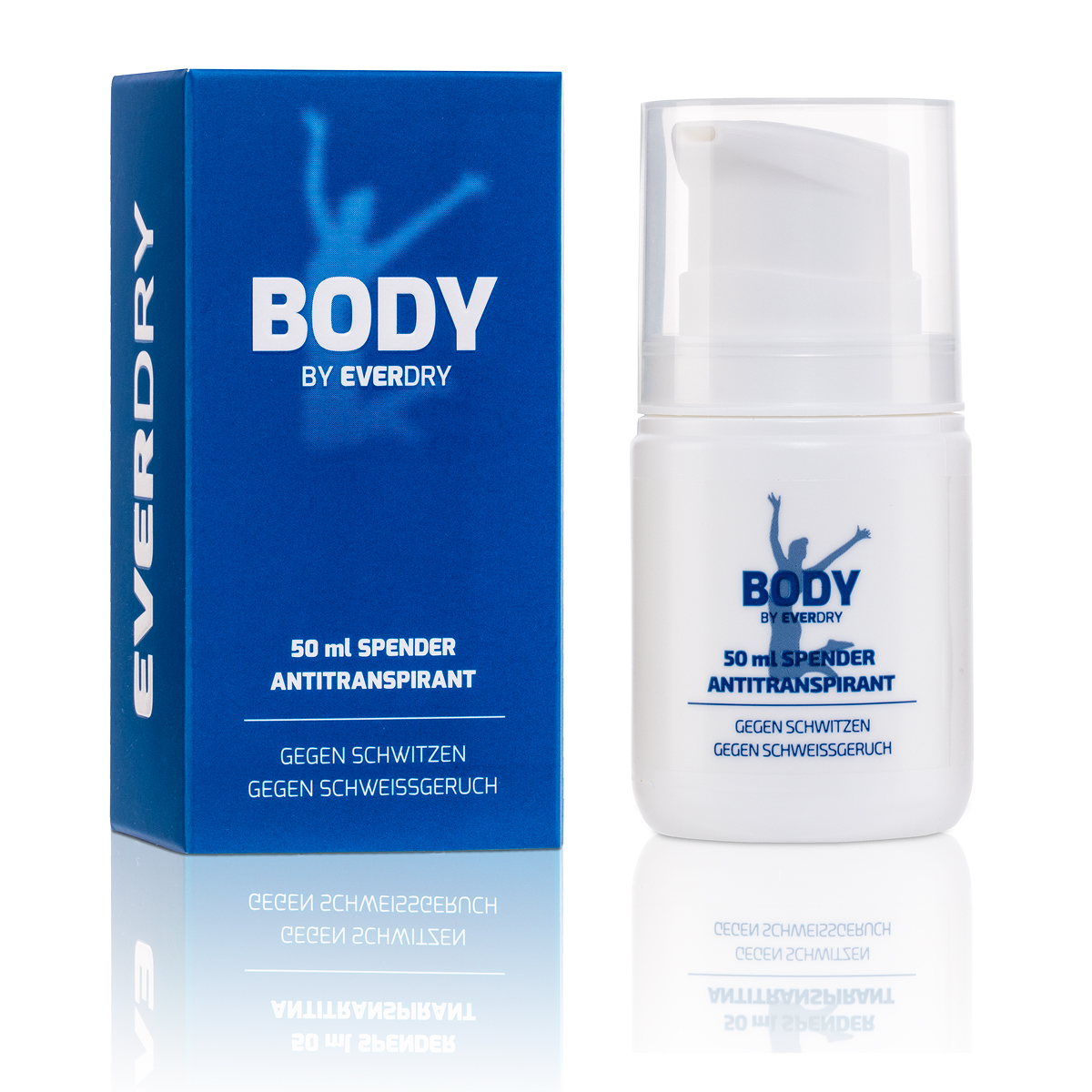Quick and to the Point: Key Takeaways
Sage Tea Recipes to Help Manage Excessive Sweating
Here are a few tea recipe suggestions to help support your efforts in dealing with sweating.
Time for a Cuppa on the Sofa
As the days start to draw in and the temperature drops, there's nothing quite like a hot cuppa and a cosy blanket. It's the perfect time to watch the raindrops from indoors and enjoy a little downtime.
Today's an everdry tea break! There are so many different types of tea – fruity, herbal, sweet with herbs or fruits, flavoured or completely natural, fresh or dried – there's a brew for every taste.
But tea isn't just tasty, it can do so much more! Many herbs have a soothing effect on our bodies and can have a positive influence. Chamomile tea for tummy troubles or black tea for sluggish circulation – but there are also teas that can affect how much you sweat.
For excessive sweating, the following plants can be used:
Sage, walnut leaves, oak bark or hop cones
The trees haven't lost all their leaves yet, so you could, for example, make a walnut leaf tea or dry the leaves.
Recipe: Walnut Leaf Tea
2 tsp fresh or dried walnut leaves – finely chopped
¼ litre cold water
- Put the walnut leaves in a saucepan and pour over the cold water.
- Half a tsp of dried sage leaves
- Bring the whole thing to the boil and let it simmer for about 3 minutes.
- Strain and drink a small cup of it 2-3 times a day.
- Careful, if you have stomach problems, drink only one cup a day.
Sage tea also has a sweat-reducing effect. Now is a good time to dry any sage you have in the garden before the first frost. To do this, cut the sage with the stems. Tie 3-4 stems together and hang them upside down in a warm place to dry. Once the leaves are completely dry, you can store them in an airtight container and then use them to make tea whenever you like. Sage tea also helps with sore throats as it has anti-inflammatory properties.
Classic Sage Tea (for reducing sweat)
Ingredients:
- 1 tsp dried sage leaves
- 250 ml boiling water
Instructions:
- Pour boiling water over the sage leaves.
- Leave to steep for 10-15 minutes.
- Strain and sweeten to taste.
Relaxing Tea with Sage and Lavender:
Ingredients:
- 1 tsp dried sage leaves
- 1 tsp dried lavender flowers
- 250 ml boiling water
Instructions:
- Pour boiling water over the herb mixture.
- Leave to steep for 10-15 minutes.
- Strain and sweeten to taste.
This tea has a calming effect and can help with sleep problems.
Refreshing Summer Tea with Sage and Mint:
Ingredients:
- 1 tsp dried sage leaves
- 1 tsp fresh mint leaves
- 250 ml boiling water
- Optional: a slice of lemon
Instructions:
- Pour boiling water over the herb mixture.
- Leave the lemon to steep briefly.
- Strain and enjoy cold.
This tea is ideal for hot summer days.
Strengthening Tea with Sage and Nettle:
Ingredients:
- 1 tsp dried sage leaves
- 1 tsp dried nettle leaves
- 250 ml boiling water
Instructions:
- Pour boiling water over the herb mixture.
- Leave to steep for 10-15 minutes.
- Strain and sweeten to taste.
This tea is particularly rich in minerals and vitamins.
Make Your Own Tea Bags
If you enjoy gifting delicious tea to friends or want to lovingly package your home-dried tea, you can make your own tea bags. Here you can create your own tea blend. In addition to herbs from the garden, you can refine your tea with dried fruits, candied ginger or liquorice:
To make your own tea bags, you'll need: tea filters, needle & thread, dried tea and, if you like, tea tags.
- Using a sewing machine or by hand, sew the tea filter on both sides to create a strip about 5 cm wide, so that the filter is open at the top.
- Cut both sides.
- Fold the filter in half once.
- Fill one teaspoon of tea into the lower part of the filter and one teaspoon into the upper part.
- Fold the tea bag in the middle and fold the two upper ends towards the middle, then close the tea bag from the top.
- To completely close the tea bag, you can either seal it with a stapler (rust-proof staples) or sew it shut. You can either sew the tag in with the thread or staple it on as well.
Tips
- When choosing the stitch length, make sure it's not too small, otherwise the filter might just get perforated and tear easily. But don't make it too large either, otherwise the tea will fall out through the seams.
- Instead of the classic tea bag shape, you can also sew creative shapes like hearts, clouds, drops, letters – you're completely free here.
- If you don't fancy sewing, you can also fill the homemade tea into the filter and close it with a cord and the tea tag.
First published on: 12.05.2011
Updated: 27.05.2025

Content: 0.05 Liter (€398.00 / 1 Liter)

Content: 0.05 Liter (€398.00 / 1 Liter)



